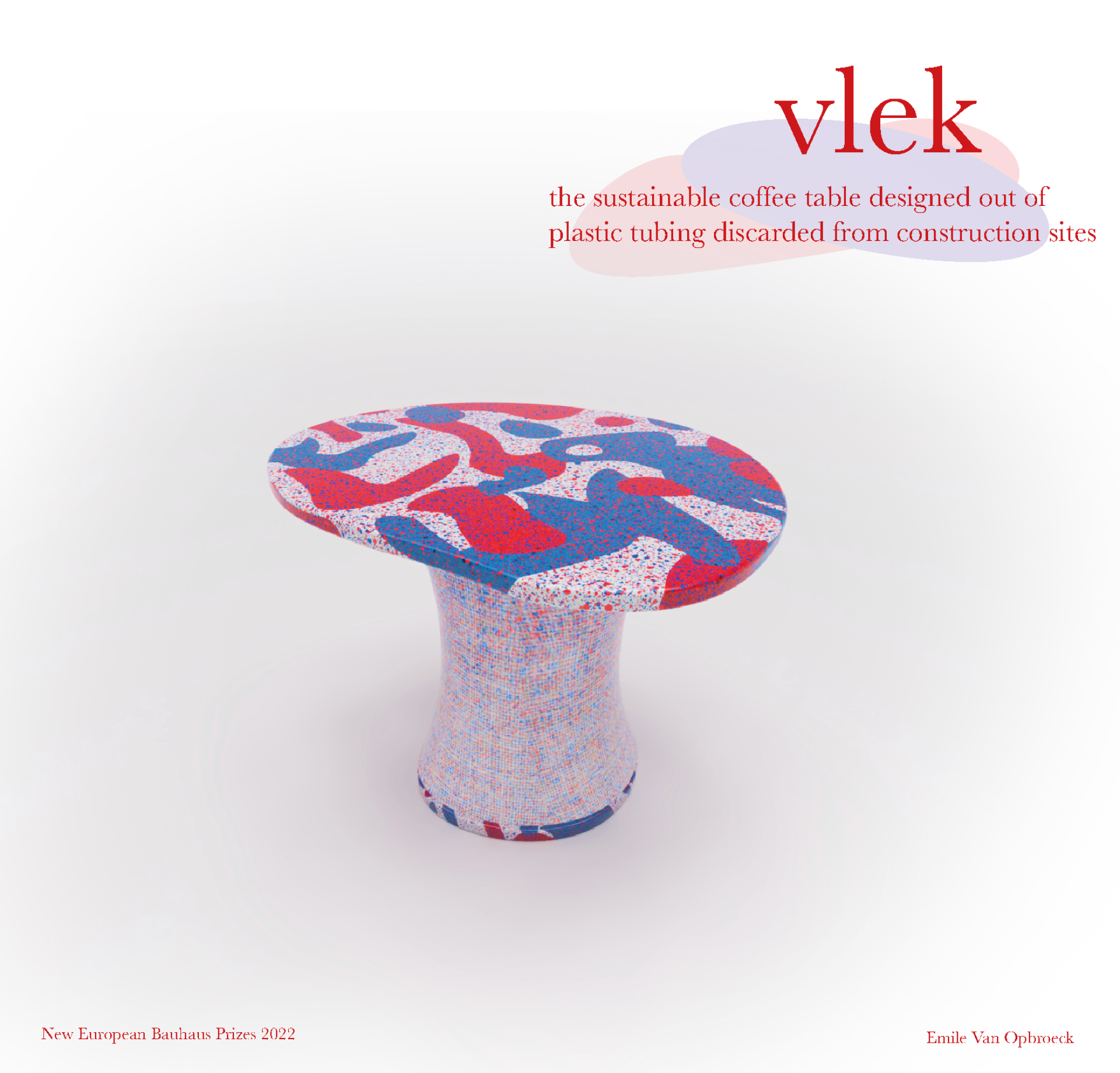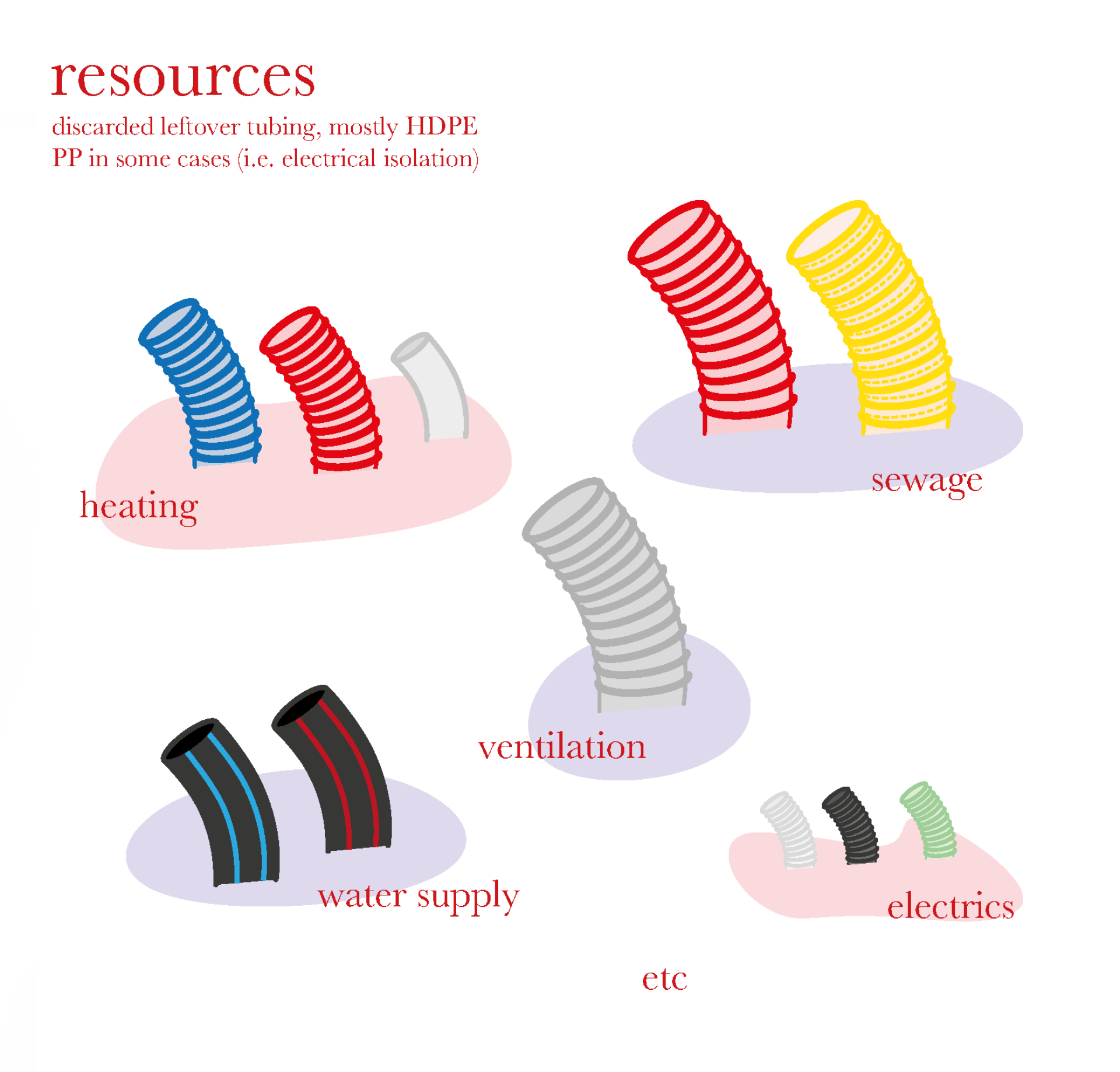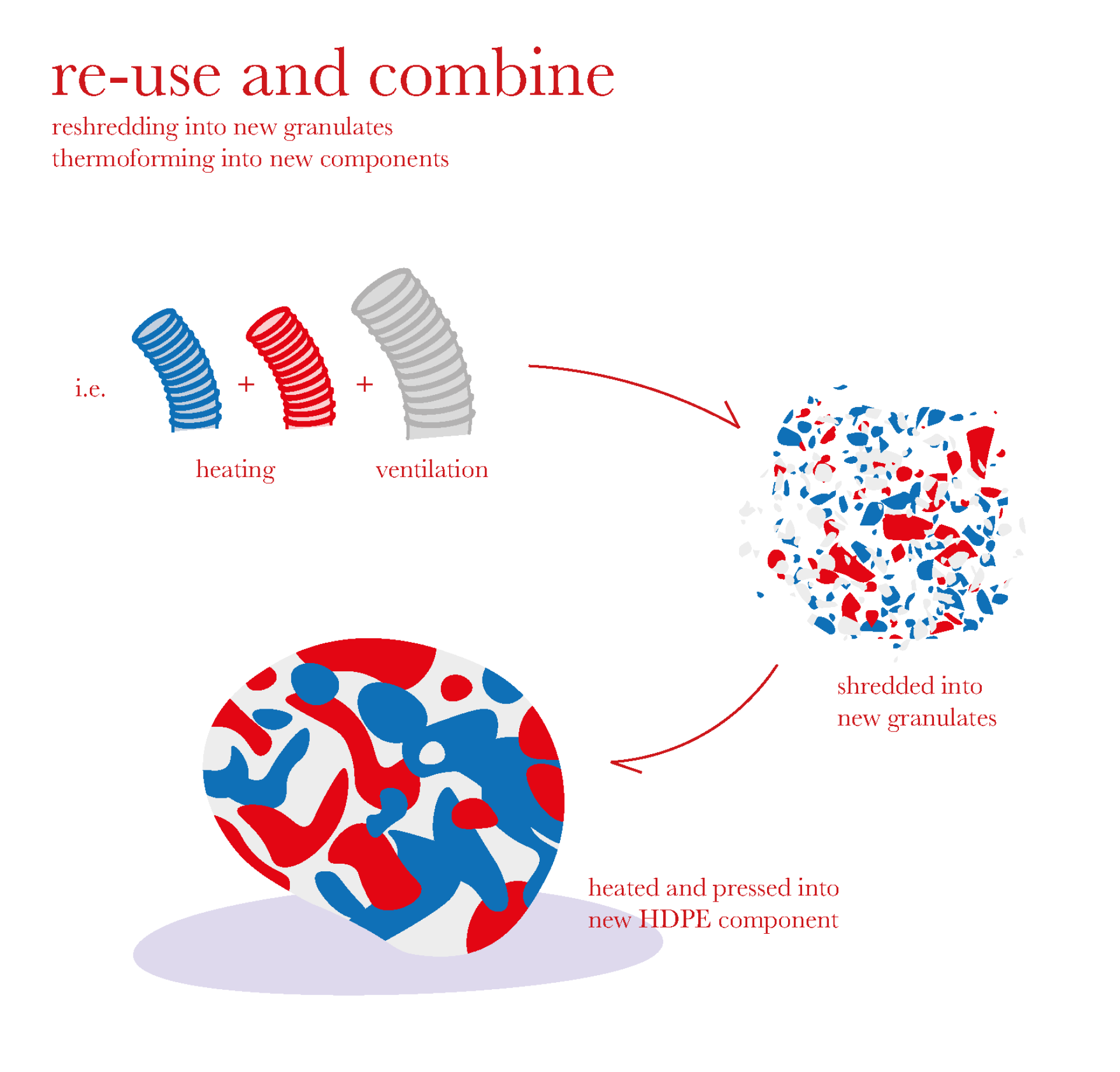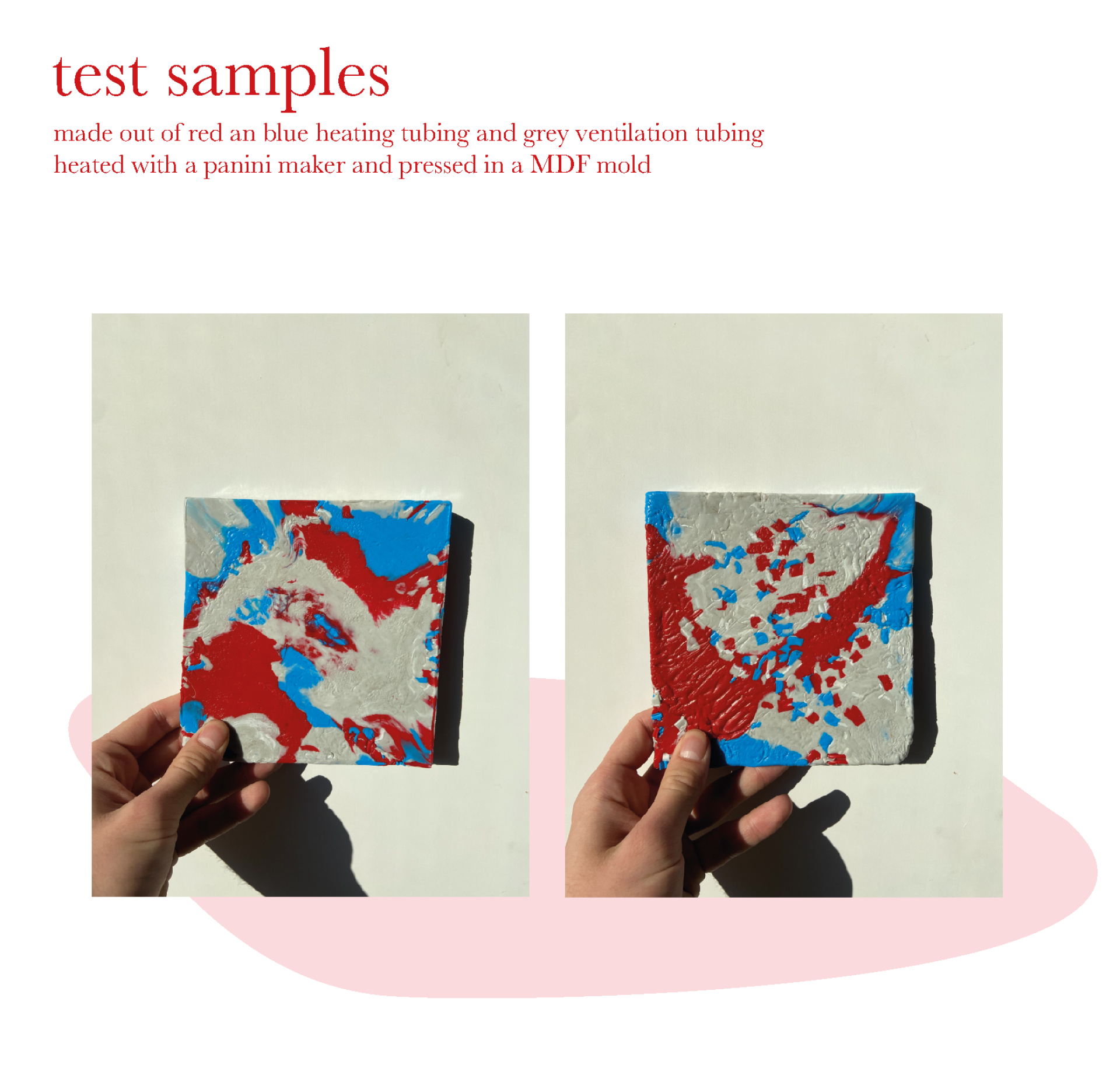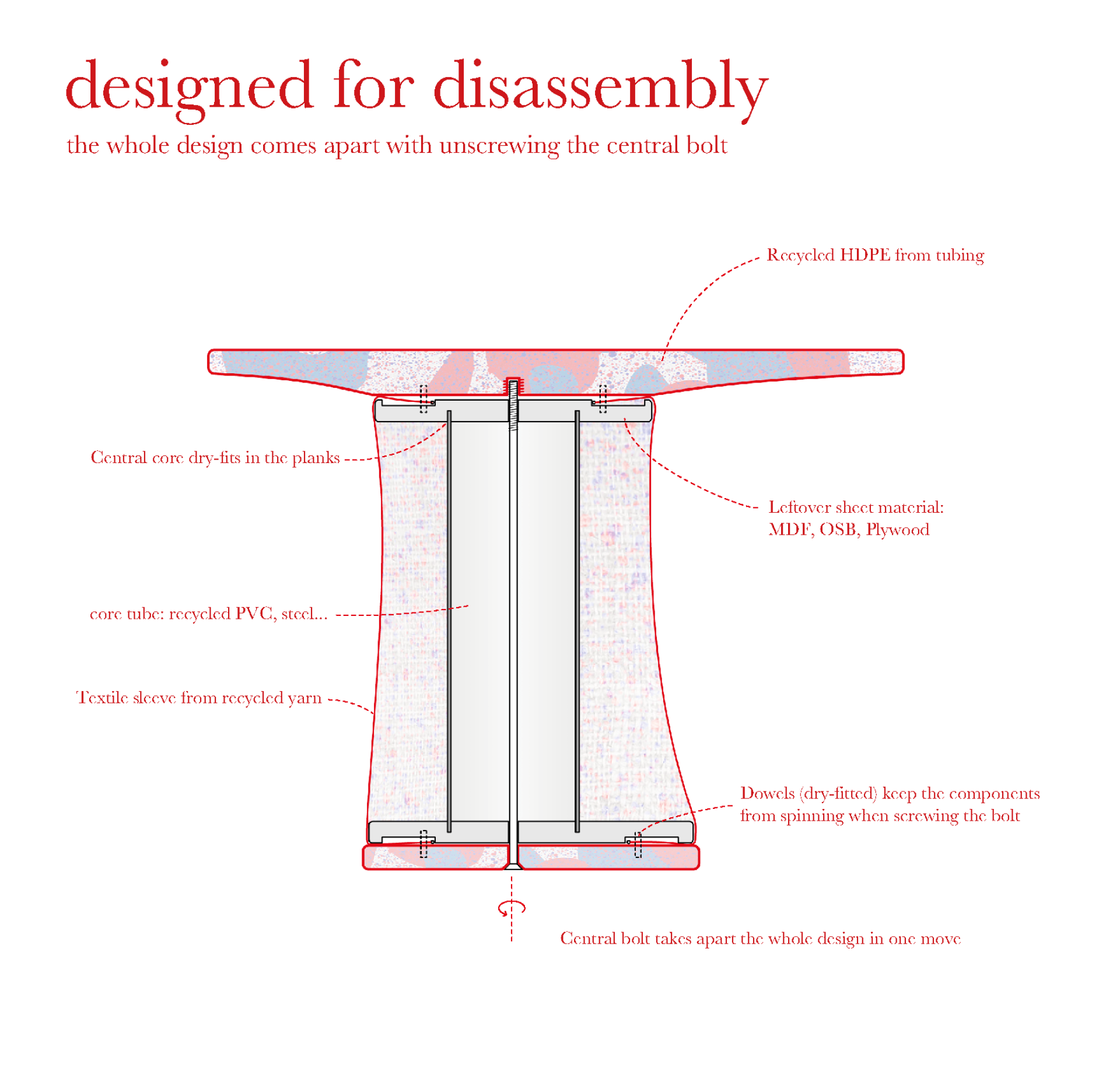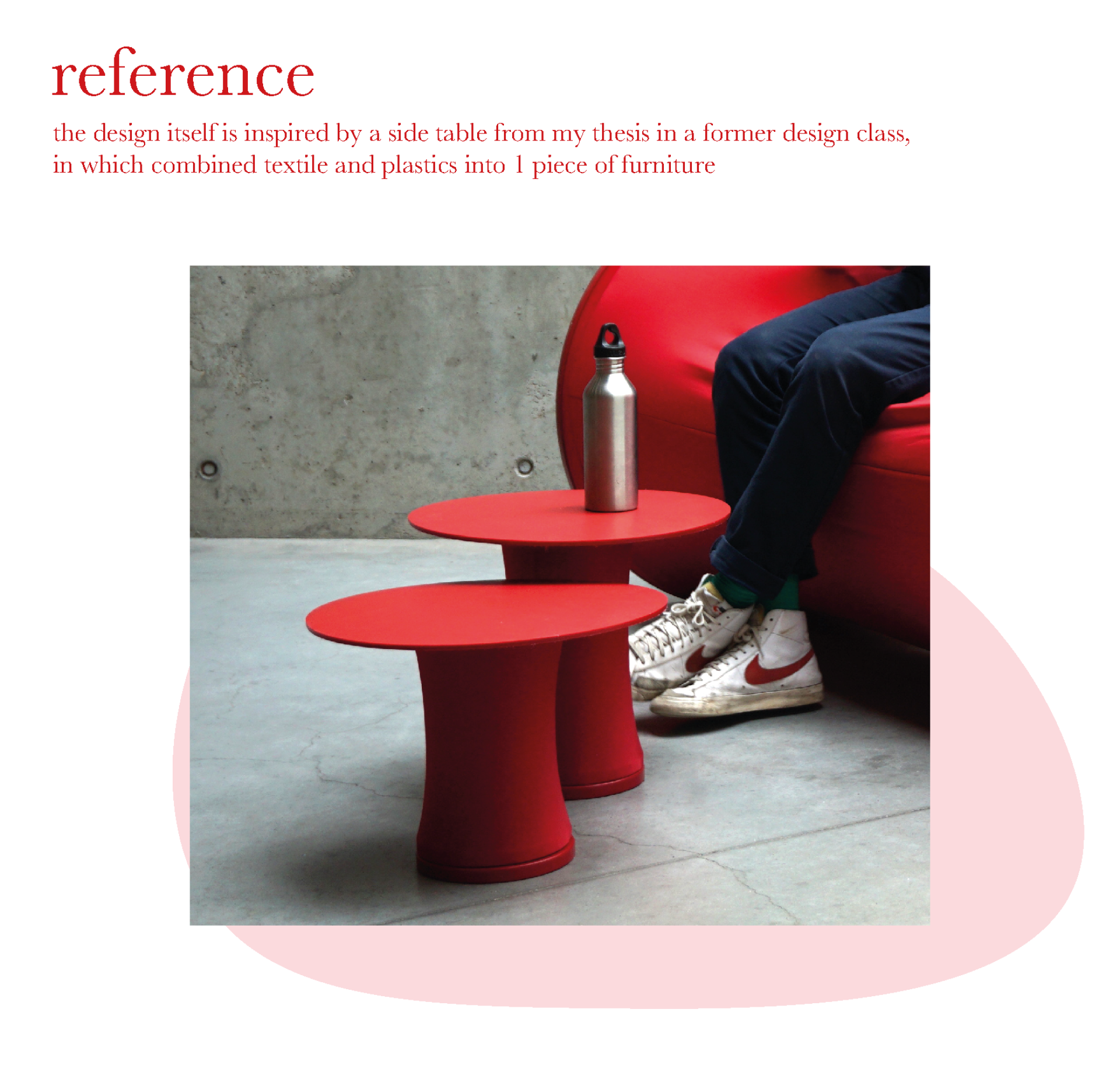VLEK
Basic information
Project Title
Full project title
Category
Project Description
VLEK is a piece of furniture made out of the bright-colored leftovers of plastic tubing that are being discarded from construction sites. It combines a playful and modern aesthetic with a straightforward technical design, while staying a local initiative. It could be described as either a piece of furniture, a circular statement and a boost for local creative communities and local circular economy.
Geographical Scope
Project Region
Urban or rural issues
Physical or other transformations
EU Programme or fund
Which funds
Description of the project
Summary
By recently starting as a junior architect in a firm in Ghent, Belgium, I witnessed a waste stream which is not only often overlooked, but is responsible for the 2nd most amount of waste (in weight) produced by any other sector in Belgium: construction waste. In fact, the amount of waste even doubled from 11 million tonnes to 22 million tonnes of waste in 2018.
VLEK focuses on a particular, yet often used and discarded plastic of the construction industry: tubing. Plastic tubes and pipes are almost inseparably linked with construction, primarily used in construction of technical systems in modern architecture. Shredding and thermoforming into something new makes these tubes easy to recycle, and they have appealing, vibrant colours used for colour coding. For example in heating, hot means red and blue means cold. Yet combined they could make a playful colour scheme for design purposes.
The design itself focuses on composing a simple aesthetic through a minimum of technical intervention. Without using any glue, the design implies that any component can be easily separated and added to its specific waste stream once VLEK’s life cycle ends. It is designed for disassembly, yet durable and robust to last as long as possible. The whole design can easily be assembled or disassembled by unscrewing a single bolt, using a single hex/allen key. Requiring just a single operation with a simple tool makes VLEK approachable to the common household.
The result is a coffee table that has a table top and foot made out of recycled plastic tubing. Over the pedestal fits a textile sleeve stitched from recycled yarn, which houses the structure of the table. Together they make a playful, asymmetrical design that helps reducing one of the biggest waste streams of Europe, while being an affordable and aesthetically pleasing piece of furniture.
Key objectives for sustainability
With Belgium’s rapidly growing housing needs and building culture, the growth in construction waste is not set to slow down anytime soon. In the whole of EU, the total figure grosses to a staggering 450 million tonnes. To make matters worse, three quarters of all this goes straight to landfill.
In construction, plastics are commonly used for technical purposes. Ventilation, heating, electricity… all use plastic tubing to connect technical installations. When thrown away, this adds up to a considerable amount of the total waste stream that is construction waste. Pieces of tubing that are too short for further usage, damaged electrical casings could easily be recycled. When it comes to plastics in general, 25 million tonnes is being discarded annually, a number which is set to be doubled by 2030. Again, only 30% of that number is being recycled.
VLEK provides a local framework for these plastics, and other construction waste in general. The core of the table is made out of any cutoffs of sheet material, and the textile surrounding the core structure is a piece of fabric made out of recycled textile.
Also, by unscrewing the central bolt, the whole design can be dismantled and recycled again after VLEK reaches the end of its own lifecycle, which makes the design cradle-to-cradle.
Key objectives for aesthetics and quality
The aesthetics of VLEK are very straightforward, by combining vibrant VLEKs used in the technical departments. Combining these technical colours in a precise manner generates a pattern that consists of colours that were initially purely functional, but are now being percieved as an element of design and creativity. It even provides a transparent insight into recycled plastics, while provoking an awareness of the endless possibilities of circularity through a minimum of effort and resources.
Key objectives for inclusion
This low-threshold approach to the design brings about a flatpack packaging, which streamlines transportation, delivery or retail in general. This approach incites the user to easily interchange any component - should it ever need repairing - instead of discarding the whole design.
By collaborating with local technicians, contractors and architects, VLEK offers an affordable design which uses local plastics leftovers through a minimum of effort. By keeping the production process rather artisanal than industrial, my role is to act as a local craftsman and designer, rather than a salesman of an industrially conceived product. This approach is similar to the business model of Wolvis (wolvis.be) , a local sustainable design brand I hold in high regard.
Creating a local network would also implies a very transparent approach to meeting the customer in the process: there is a full disclosure in how VLEK is made, transported, sold and even recycled again. The core concept of the product is very easy to be gripped and understood by a second life aware audience.
Also, by collaborating with local initiatives and population, the design itself evolves in continued cycles of improvement and redesign. VLEK is an endless improving product, fed by evaluation and feedback by peers.
Physical or other transformations
Innovative character
VLEK combines a playful and modern aesthetic with a straightforward technical design, while staying a local initiative. It could be described as either a piece of furniture, a circular statement and a boost for local creative communities and local circular economy.

